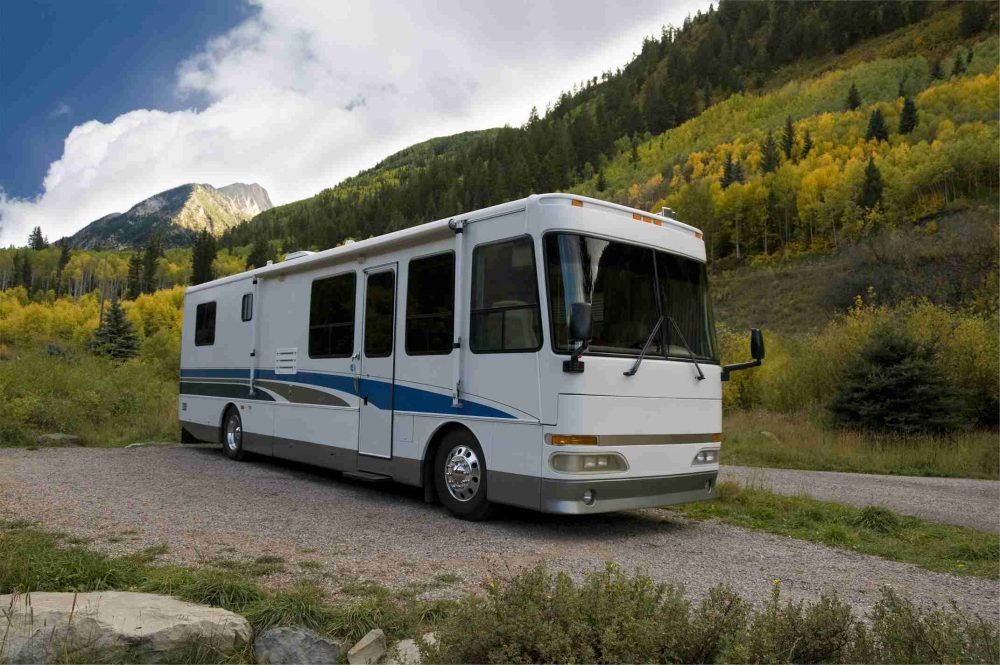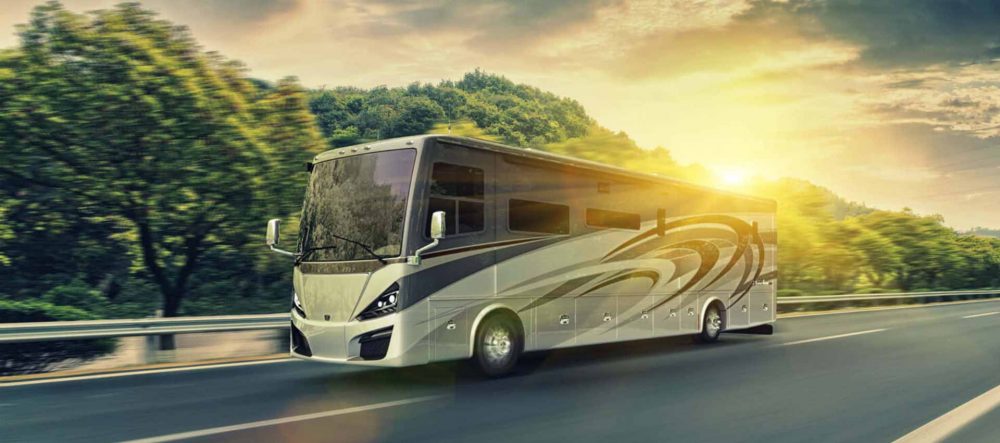If your RV is without power, you may be in quite a bit of trouble. You may wind up stuck in the dark with an RV that isn’t very functional. Electricity powers all of the devices onboard your RV, so it’s essential to the running of your RV.
 Source: tripsavvy.com
Source: tripsavvy.com
If you’re without power, you may face safety risks, and you won’t have an enjoyable time while camping. You may unintentionally find yourself boondocking, which isn’t a good idea if you haven’t prepared for that situation. If you’re RV is plugged in but doesn’t have any power, read on for tips to restore electricity.
What Is Shoreline Power?
When camping, you’ll often have the option of using shoreline or generator power. Shoreline power is the power you hook up to at most campsites. You hook your RV up to the shoreline power, and it supplies power to all of your onboard electrical needs.
Your RV likely has connections for either 30-amp or 50-amp power. It’s important to note that some campsites only provide 30-amp connections, so you may need an adapter if your RV only has a 50-amp connection. If you use too much electricity at once, such as running the AC and several appliances, you may overload the shoreline power.
Proceed With Caution
Working with electricity and trying to solve power problems has the potential to be dangerous. You shouldn’t try to fix the problem yourself if the solution requires a bit of electrical know-how. Instead, it’s better to be safe and hire a professional.
If you decide to fix the issue yourself, be sure to take extra safety measures. Use the proper tools, such as screwdrivers, utility knives, wire strippers, and fish tape. You’ll also need safety tools like a non-contact voltage tester, insulating gloves, and safety glasses.
Troubleshoot – A Short List of Things to Try:
Follow the steps below to troubleshoot and figure out what’s wrong with the power in your RV.
1. Examine Whether the Main GFCI Has Tripped and Needs a Reset
The ground fault circuit interrupter (GFCI) will cut off power if the circuit is overloaded. This occurrence is frequent in RVs, where it’s easy to pull more power than the shoreline connection provides. You can use your voltage tester at the outlets to determine if the GFCI may have tripped.
If the GFCI has tripped, you’ll need to look in your RV manual to find the breaker panel. Once you’ve located the panel, there should be a GFCI reset button. Press the button and see if you now have power.
2. Reset the Main Circuit Breakers at the Power Pedestal
If your RV pulls more power than your breaker can handle, then the main circuit breaker may trip, shutting off power to prevent damage. Before attempting to fix this issue, it’s essential to disconnect from shoreline power.
You’ll need to check your RV manual to locate the power pedestal. From there, you can flip the breaker, reconnect to shoreline power, and hopefully, power will be restored.
3. Reset the Major 110-Volt Circuit Breaker
You can also try to reset the main 110-volt circuit breaker. After finding where it’s located, you’ll need to take off the panel and check if the breaker itself is working. Look to determine if the connecting wires have power; if they do, your breaker probably needs to be replaced.
You can also check the wires sending power out of the breaker. If these are working, you can check the wires from the breaker to the outlets to determine if there’s a faulty connection.
4. Check the Batteries for Damage
It’s possible that your batteries may be damaged and are preventing your RV from having power. Batteries should last around six years, but if they aren’t properly cared for, that time can be much shorter. You should start by looking for any physical signs of damage, such as cracks or corrosion.
From there, you can use a voltmeter or a hydrometer to test the battery’s functioning. When using the voltmeter, the battery should measure between 12.6 and 12.8 bolts. The hydrometer has to be dipped into the battery fluid to get a reading, which can be dangerous. However, you can use the hydrometer to test singular cells, making it a more practical choice.
5. Check Inverter Response
The inverter in your RV converts AC power to DC power so that your smaller electronics aren’t overloaded when connected to shoreline power. If your inverter stops working, then you may have trouble powering up some of your smaller appliances.
Use your owner’s manual to find the inverter box. Open it up and check all fuses. If any fuses are blown, remove them and replace them. Your small appliances should now be working.
6. Disconnect From Shore Power and Reset RV Breaker
In some cases, the RV breaker may be tripped and could prevent you from getting power to your RV. To fix this issue, you’ll first need to connect to shoreline power. From there, use your RV’s manual to locate the RV breaker. Reset the RV breaker and reconnect to shoreline power. Check the outlet to see if you now have power.
7. Check if You Are Getting Power at the Surge Protector
If it seems that electricity is coming into your RV, look to see if your RV contains a surge protector. Your owner’s manual will tell you if you have a surge protector and where you can find it. There will be lights on your surge protector to diagnose if it’s working. If it’s broken, you’ll need to replace it to restore power.
8. Check the Charger / Inverter or Generator
In some cases, the charger/inverter or generator may be faulty. To see if something is wrong with the charger / inverter or generator, use your voltage meter to check the 120V AC and the coach battery terminals. From there, you’ll need to replace the charger or generator or have them repaired.
9. Check Your Power Cord
There may be an issue with the power cord itself. Once you’ve determined whether power is indeed coming through the shoreline connection but isn’t reaching your RV, you can use your voltage meter to see where along the power cord that the issue may be occurring. You might need to replace the power cord.
10. Check the Wires Connected to the Breaker, Then From the Breaker to the Outlets
If the issue still hasn’t been resolved, it’s time to start checking wires. Go to the breaker and use the voltage meter to ensure that the wires connected to the breaker are supply power. Then go through the outlets one by one to see where the wire may be faulty.
If there is any issue, you’ll need to replace one of the wires. As this process can be somewhat dangerous, you may want to call a professional instead of attempting to fix it yourself.
 Source: lamesarv.com
Source: lamesarv.com
Preventing Common RV Power Issues
Below are a few tips for preventing some of the most common RV power problems.
Bottom Line – No Power No Trouble?
Power failure in your RV can be a huge problem. Not only can it significantly reduce the fun of your trip, but it can also make it difficult for you to do things like cook and keep warm and cool. Most power issues can be solved by following these tips, but when all else fails, call a professional.




